Unveiling the Haunting Brilliance: A Gripping Review of Stephen King’s The Shining (1977)
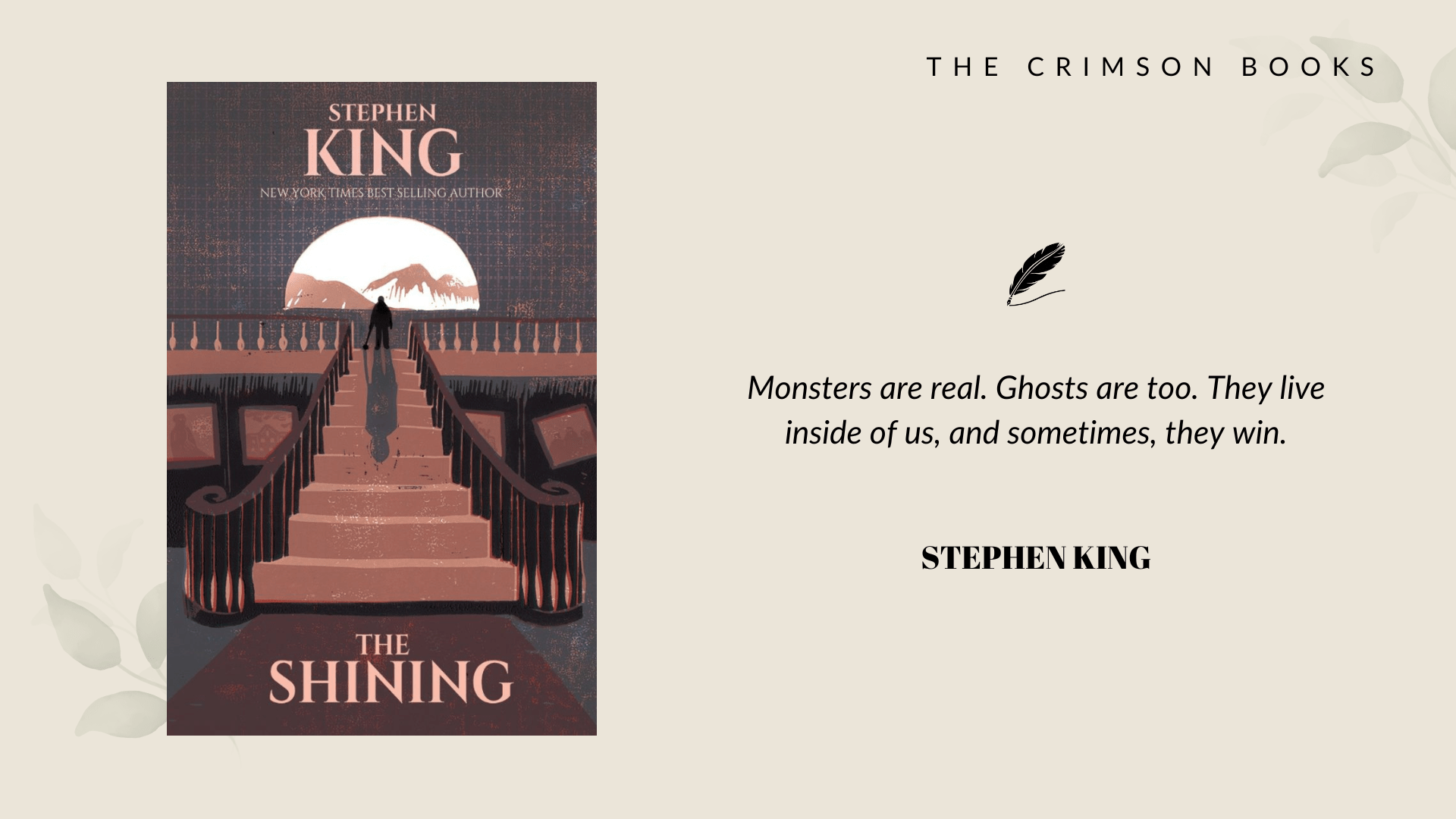
Jack Torrance, the protagonist of “The Shining,” spends the winter of his adult life working as the hotel’s caretaker at Colorado’s massive Overlook Hotel. By temporarily relocating there with his family for the summer, he intends to finish his literary project, overcome his underlying alcoholism, and mend the wounds in his divided family.
When they are alone, though, Jack seems to lose his mind and be driven by his imagination or hallucinations. In a sick reenactment of the terrible events that happened in the hotel’s history, he eventually turns on his own family and tries to kill them.
Both King’s novel from 1977 and Kubrick’s film version from 1980 tell the same story, but they’re very different animals. However, it’s difficult to separate the two in the minds of King fans. Two stories, similar but distinct, coexist in The Shining.
1. When did I discover The Shining?
When I was thirteen, I read the novel for the first time, and I was instantly enamored. It didn’t scare us, but the atmosphere was definitely unsettling. Then I decided to check out Kubrick’s film (far before the box’s rating said I should).
Images like Danny’s steadycam cycle through the hotel, which ends with the twins in the hallway, the woman in room 236, the creepy partygoers in animal masks, the horrifying reveal of the message “Redrum,” the wash of blood from the elevator, Jack Nicholson with the axe at the door shouting “Here’s Johnny!“, and Jack’s slanting walk through the maze as he pursues his wife and child are seared into my brain.
It was devastating; to this day, it’s the one movie I have difficulties viewing by myself.
When I started rereading the book, I genuinely forgot what was taken directly from the movie and what had been added for the film adaptation. Because of how intertwined they were, I found it impossible to enjoy either one in isolation, to see the film without having the book’s Jack’s reasons seep into my experience, or to read about the hotel’s corridors without picturing the terrifying twins.
2. How unlike are book and movie, then?
The maze is new, taking the place of a garden full of topiary animals, which I’ll discuss in more detail later. Room 237 is actually room 217, and all of Kubrick’s visual trickery, such as the extended tricycle-ride corridor views, the use of color as signifier, and the doubling up of visual themes, were completely made up by the director.
He rearranged the novel’s chapters and removed sections as he thought fit. Jack’s weapon of choice in the novel is a roque mallet, not the iconic axe seen on movie posters.
The tone changes significantly and significantly affects the entire novel. King makes a big deal out of the fact that Jack Torrance is a good guy in the book. He was a schoolteacher who, like his father before him, struggled with alcoholism.
Jack learns his lesson the hard way when he breaks Danny’s arm by accident. Both his previous and future selves fill him with dread. He hopes to make amends with his family and feels safer in the hotel. According to King, we should feel sorry for Jack. He wants us to argue that we should give everyone a chance because everyone makes mistakes.
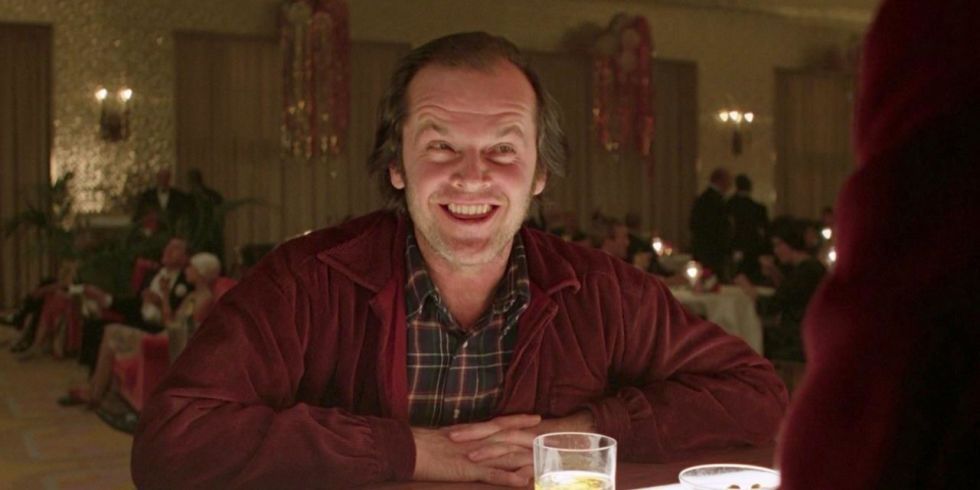
However, Jack Nicholson plays the role of Jack Torrance in the film. The man from Easy Rider and One Flew Over the Cuckoo’s Nest is obviously insane from the get-go. You can’t put your trust in him because of his wild grin and untidy appearance.
He walks with a swagger and has a temper, and you get the impression that Wendy (Shelley Duvall), who is considerably more submissive and frightened in the picture than in the novel, is too weak to leave him. She longs for her husband’s return throughout the book. Plus Danny…
3. What is The Shining?
So now we may talk about “the shining” itself. In both the book and the film, it plays a minor role. To “shine” is to be psychic, and certain people have this ability. Danny Torrance possesses this talent. He is able to discern what lurks in the shadows of the Overlook and explain to us, in all our innocence, why we should be afraid.
(It also provides him with an ethereal companion named Tony, who serves as little more than a terrifying warning system for impending disaster.) In the book, he is extremely perceptive and intelligent beyond his five years. He gives us insight into what it’s like to live in the Overlook.
In the movie, he’s a helpless little kid who cowers in fear. We don’t need a cipher when we can see the horrors for ourselves.
Apart from the main protagonist, only the hotel’s cook, Dick Hallorann, is shown to have “the shining” in both films. After Jack has lost his mind (and after Danny has used the glowing as a long-distance loudspeaker), he returns in both to try to save Wendy and Danny. In the book, he plays a key role, but in the film, he’s just filler.
This is a major difference between the film and the book: in the movie, everything is set up to turn Jack into the monster he already is. Everything is laid out for him to reject in the narrative. The fact that he isn’t demonstrates just how potent the hotel’s evil is, with the exception of a brief period of self-control just before he beats his own face into a pulp with his mallet and instructs Danny to run away from him.
It’s more potent than man’s nefariousness on its own.
It’s fairly well-known that King dislikes the movie version. He claims that “a visceral skeptic such as Kubrick just couldn’t grasp the sheer inhuman evil of the Overlook Hotel,” calling the film “a domestic tragedy with only vaguely supernatural overtones.” Setting is everything in this novel, as it is in many of King’s earlier works.

4. What is the Overlook Hotel?
The Overlook Hotel is full of secrets, and its walls are literally bursting with them. Topiary animals that come to life, wasp nests that release a steady stream of aggressive insects, haunted restrooms that reverberate with the sounds of wild parties, etc.
The hotel is not afraid to show its dark side. It has a history of attracting sources of power in order to absorb them and expand. As the story develops, Jack begins to recognize the Overlook’s voice as his own experience with the glowing, and he becomes increasingly estranged from his loved ones as a result. Danny is a target because of his unique skill set, but whether or not it succeeds in capturing him is up to Jack.
Wendy tells her child, “It wasn’t your daddy trying to hurt me… the Overlook has gotten into your daddy.“
It’s not even Jack’s fault that he’s failed as a parent and a spouse. The hotel feeds on the same thing that makes him who he is at his core, yet which he desperately tries to repress. In the film, he plays a villainous role. There is no life at the motel; Jack may or may not be possessed.
He’s a bad guy any way. Even if they hadn’t been able to glimpse the hotel’s ghosts—the memories of people it has left for dead—what occurs would have happened nonetheless.
The scene where Jack visits the hotel bar to discover the enormous ballroom deserted and the bar dry is indicative of the contrast between the two stories. And then, out of nowhere, there’s Lloyd, the bartender, and a wall of liquor.
Lloyd pours Jack a drink while sympathetically hearing him out. Jack is in the hotel, along with the establishment itself and… something else. The cocktails, we are told in the book, are “imaginary”; the hotel is tricking Jack into seeing what it wants him to.
The hotel comes to life for Jack and him alone, and he loses all sense of control. Jack even gets family counseling from the bartender, who says he should “correct” his loved ones. But for that one little scene in the film, the bar exists; no attempt is made to explain its existence. We have to see the bar scene as only a brief hiccup before Jack’s descent into madness.
Equally varied are the resolutions. After Jack has died quietly in the snow and Wendy and Danny have fled his frozen corpse, the film ends with a scene of a mob of revelers at the Overlook from years earlier. Jack stands smack in the middle, a resurrected corpse forced to relive his worst moments.
There is no explanation given, and there is no need for one. The book culminates with an explosion, however, when Jack is unable to contain the building pressure in the hotel’s overworked boiler (a recurring metaphor for his own brewing madness).
The two then find themselves on an unnamed beach, seeking warmth and light to offset the horrors they have witnessed, much like the survivors in Salem’s Lot. They realize the hotel was malicious, that it wanted Danny and his power at whatever cost. This group survives to fight another day.
The film and the text are on par, in my opinion. Both have left an impression on me, and I see no reason to discount one over the other. These are both tales of evil revealed in the depths of winter, when a family is left alone and devastated and when a man whose darkness has lain dormant for so long suddenly gives in to his true nature.
One is the original and the other is a cover, each offering a unique spin on the same potent and horrifying source material, but neither is the definitive version. There is no competition between the two, and in fact, if given the chance, one may bring out the best in the other.
5. Connections
The idea of “the shining” recurs throughout King’s canon, albeit it isn’t always given that term. The Stand, where characters truly “shine,” and It, where Overlook chef Dick Hallorann once saved a character’s life in a nightclub brawl, are the two works with which it has the most in common.
Danny’s imagined companion may be one of the Dark Tower’s Twinners, and there are references to the Red Eye Lounge at the Overlook and themes involving the usage and collection of psychics. The upcoming film Doctor Sleep, though, is the most obvious link.
This is a continuation of the story, following Danny Torrance as a middle-aged psychiatrist dealing with his own alcoholism and a coven of psychic vampires.
If you like The Shining, read 5 Creepy Novels of Stephen King here.
The Shining Novel by Stephen King Buying Options:

Disclaimer: This blog post may contain affiliate links. If you click on these links and make a purchase, The Crimson Books may earn a small commission at no additional cost to you.
About the Author

Emma Thompson is a passionate bookworm with a deep appreciation for literature across various genres. With a degree in English Literature, she has a keen eye for analyzing and dissecting the intricacies of a book’s themes and writing style.
Emma has been an active reviewer for over five years, sharing her insights and recommendations with fellow readers.
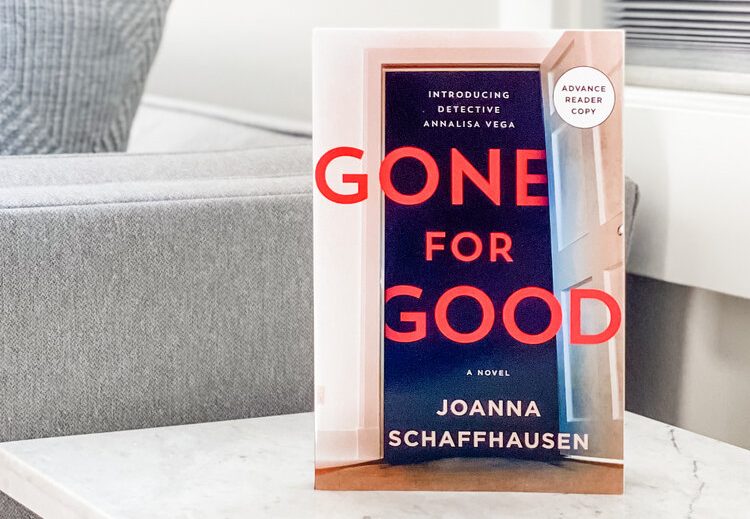
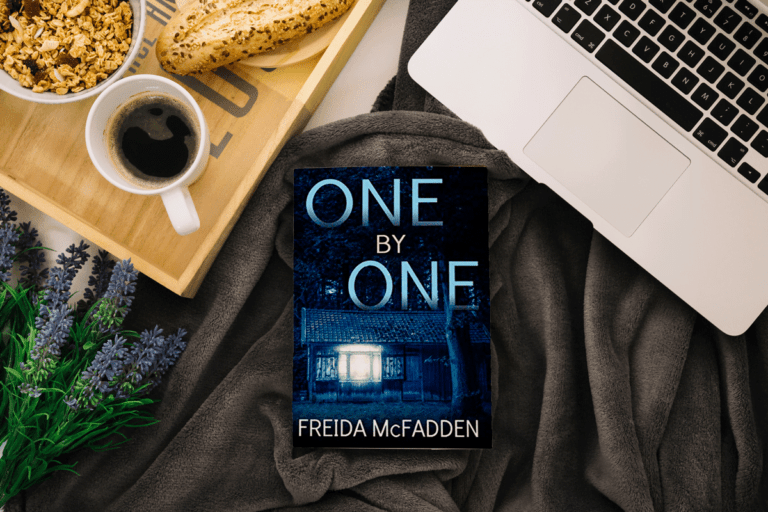

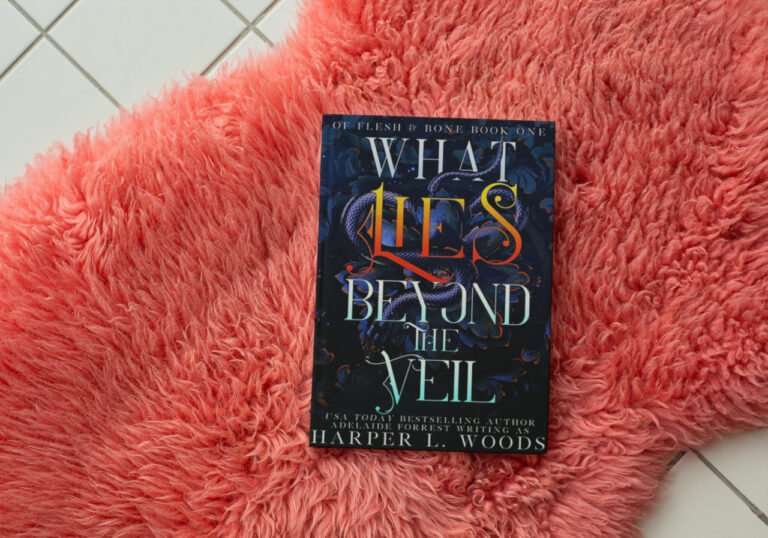
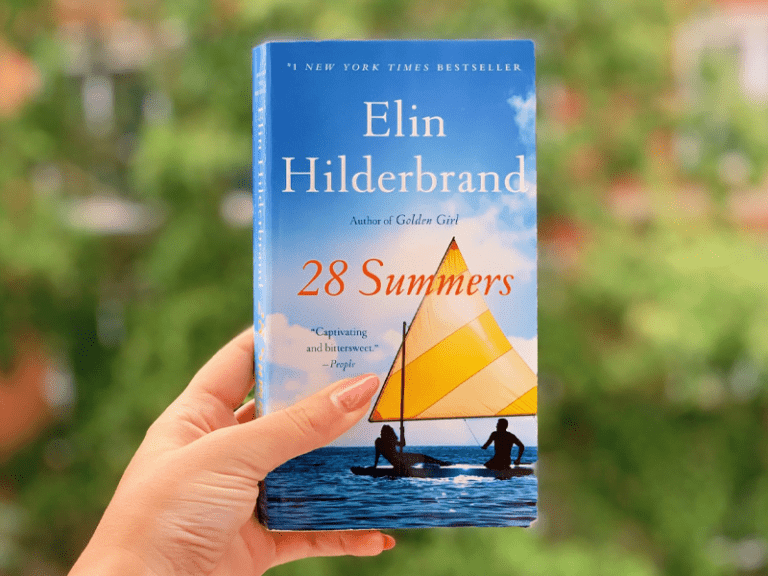
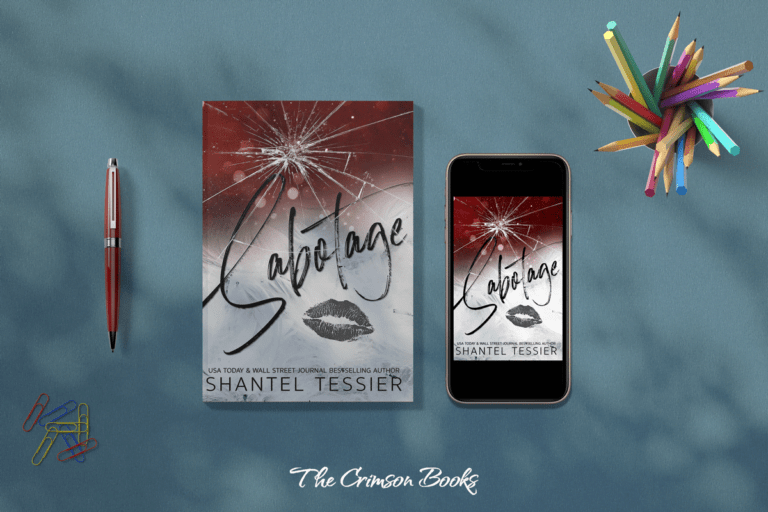
Thanks for a marvelous posting! I quite enjoyed reading it, you’re a great author.I will ensure that I bookmark your blog and may come back down the road.
I want to encourage you to continue your great writing, have
a nice weekend!